 AVG Internet Security has always been a likeable security suite, with all the core components you need to keep your PC safe: antivirus, firewall, spam filter, browsing protection and more.
AVG Internet Security has always been a likeable security suite, with all the core components you need to keep your PC safe: antivirus, firewall, spam filter, browsing protection and more.
But of course it’s not perfect, and so it’s good to see AVG Internet Security 2013 doesn’t waste time introducing irrelevant new features, and instead largely concentrates on addressing many fundamental issues. The new release aims to accelerate scanning performance, for instance, reduce memory consumption, cut your boot time and improve core modules like the firewall and spam filter, which sounds great to us.
After a hassle-free installation, though, the first big change you notice is the new and very Windows 8-like interface.
The suite’s core functions are represented by five green tiles – “Computer”, “Web Browsing”, “Identity”, “Emails”, “Firewall” -- and clicking any of these provides quick access to useful options. (You can turn a module off, tweak its key settings, and so on.)
You also get buttons to scan your system, or update Internet Security 2013. If you forget what any of these do, then hovering the mouse cursor over them will display a helpful hint. Or, if you prefer the old ways, the Options menu provides access to most functions in just a couple of clicks.
This is all presented in a rather plain Metro-style design, which ( judging from the hate generated by Windows 8 ) certainly won’t appeal to everyone. We soon got used to it, though, and on balance found the new interface to be clean, straightforward and easy to use.
Antivirus
Scanning with AVG Internet Security 2013 is a straightforward process. Clicking Scan Now launches a check of your full system; the “Scan specific files or folders” option can examine just a few key locations (your Windows and Program Files folders, say) for improved performance; and a flexible scheduler will automatically run your preferred scan types at a convenient time.
Whatever you’re doing, accuracy proves reasonable. Independent testing by AV Comparatives shows the AVG 2012 engine wasn’t the best around, with false positives an issue, but it still detected 96.4 percent of threats in their last file detection report. And our own smaller-scale tests with Internet Security 2013 also delivered acceptable results, with the program locating and removing 93 percent of the test malware samples.
Scanning performance has improved this time, too, with the program taking only 8:20 to complete its first Whole Computer optimization scan of our test PC (that’s around 680,000 objects scanned), and this typically fell to around 1:20 for repeat scans. And, conveniently, there’s no need to run a separate scan for rootkits any more: Whole Computer scans will detect and remove them, along with regular malware.
If there’s a small problem with this it’s that AVG Internet Security 2013 is powered by lots of processes -- we counted at least ten -- and we found RAM use to be a little above average, ranging from 40-55 MB depending on what you’re doing.
The suite made only an average impact on boot or application launch times, though, and even while scanning we were able to continue using other programs, so on balance we think most users won’t experience any significant performance issues.
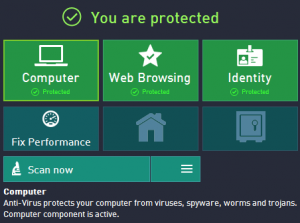 Browsing Protection
Browsing Protection
Removing viruses is great, but avoiding them is even better; AVG Internet Security 2013 uses a couple of technologies to try and prevent you ever reaching dangerous or malicious websites.
The first involves installing its own browser toolbar, as well as setting your browser search URL to AVG Secure Search (both steps can be avoided by choosing the Custom Installation option during setup, if you prefer). Use either method to search the web and icons will be added to your results, warning you of dangerous sites.
And because you’ll often click on links in other places -- a document, email, your Facebook stream -- AVG’s LinkScanner Online Shield also scans online content before it’s displayed to make sure it’s safe.
That’s the plan, anyway. In reality, the warning icons scheme seems like a backward step. Previously AVG’s Search Shield would highlight dangerous sites in results from all the main search engines (Google, Bing, Yahoo!, Altavista, Baidu); now, you only see them if you use AVG Secure Search, or the search box in AVG’s toolbar (which itself can only be installed in IE, Chrome and Firefox).
And AVG’s antiphishing accuracy isn’t great, either. AV Comparatives found the Internet Security 2012 engine only detected 61.3 percent of test sites (that ranked it 15th out of 18 tested), and the 2013 release similarly picked up little more than half the malicious URLs in our own tests.
Of course the protection doesn’t stop with LinkScanner. If you did click on a link which tried to download something malicious, then the antivirus module would step in, and its much greater accuracy means you’d probably be safe.
And there is more to AVG’s toolbar than the search box. It can also give you a detailed report on the safety of the current page; AVG’s Do Not Track automatically blocks ad networks which collect personal information; and assorted bonus features include a weather forecast and internet speed test.
But for all this, the antiphishing accuracy issues do represent a weakness in the suite, and this is an area AVG really needs to improve in future.
Other Tools
AVG’s spam filter proved straightforward to use, integrating neatly with our Outlook 2010 installation (although it also works with most other email clients). And it was surprisingly accurate, too, raising last year’s feeble 55 percent detection rate to a much more impressive 88 percent.
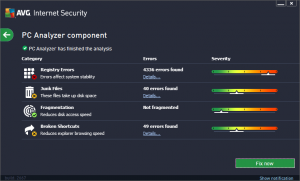 The down side? In part AVG seems to have done this by making the settings more aggressive, so the program also falsely flagged a few legitimate emails as spam. These were at least only corporate mailing lists, though, no personal emails were affected, and if you have similar problems then there are plenty of tweaks and training options you can apply to improve the situation.
The down side? In part AVG seems to have done this by making the settings more aggressive, so the program also falsely flagged a few legitimate emails as spam. These were at least only corporate mailing lists, though, no personal emails were affected, and if you have similar problems then there are plenty of tweaks and training options you can apply to improve the situation.
The firewall has also been notably improved, properly stealthing our PC’s ports online, and automatically (and correctly) deciding which programs should be allowed to make internet connections without ever once hassling us with an inappropriate alert.
Elsewhere, AVG has for some reason dropped the System Tools, where you could previously monitor your startup programs, open network connections, IE extensions, Layered Service Providers, and so on. It’s a shame – they were useful – but there are plenty of similar free third-party tools, if you need them.
And there’s still the annoyance of PC Analyzer, which will scan for system clutter, issue a report and display a “Fix Now” button. Which, when you click it, turns out to be essentially an ad for PC Tuneup: you can fix your current problems only once, then you have to buy the full program.
Like most security suites, AVG Internet Security 2013 has a few issues. The below-average antiphishing detection was disappointing, and we’d like to see RAM use fall a little further.
For the most part, though, the suite represents a solid and welcome step forward. It’s easier to use, faster, less resource hungry than it was and a little more accurate, with a smarter firewall and a spam filter which compares well with many commercial tools. And whether you’re an AVG fan or just looking for a new security suite, it’s worth taking the trial build for a spin to see just what it can do for you.
The software retails for $54.99 and runs on Windows XP, Vista, 7, 8, both 32 and 64-bit editions.
Photo Credit: Andrea Danti/Shutterstock



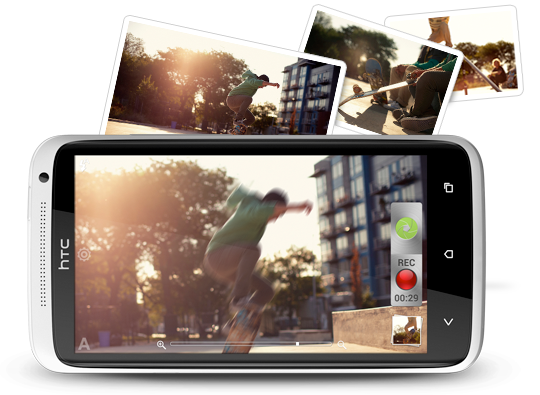
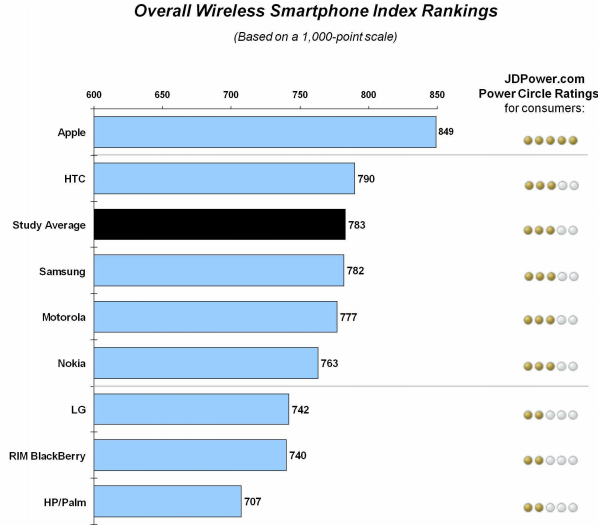



 As a long-time Windows user, as well as software developer, I have pondered about what would make Windows 8 and the new modern UI (aka. Metro) a success. Microsoft can spit and polish the operating system, but people will interact more with applications. As good as Windows 8 might be, it won't satisfy if the apps aren't good enough.
As a long-time Windows user, as well as software developer, I have pondered about what would make Windows 8 and the new modern UI (aka. Metro) a success. Microsoft can spit and polish the operating system, but people will interact more with applications. As good as Windows 8 might be, it won't satisfy if the apps aren't good enough. Chris Boss is an advanced Windows API programmer and developer of 10 year-old
Chris Boss is an advanced Windows API programmer and developer of 10 year-old 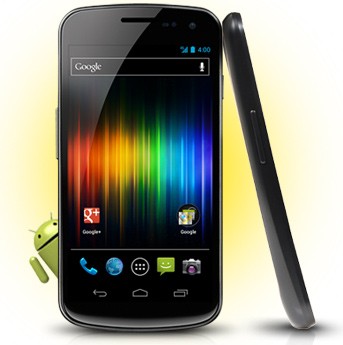 Sprint has (once again) announced the elusive
Sprint has (once again) announced the elusive 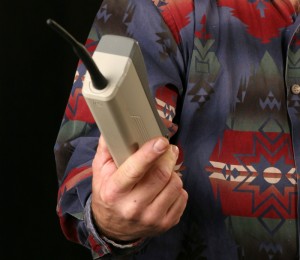 Call me old fashioned. I do not now, and never have in the past, owned a
Call me old fashioned. I do not now, and never have in the past, owned a 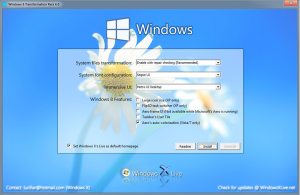 Hot on the heels of the RTM version of Windows 8, a swathe of tools that can be used to either emulate the appearance and features of the latest version of the operating system, or tweak Windows 8, have emerged.
Hot on the heels of the RTM version of Windows 8, a swathe of tools that can be used to either emulate the appearance and features of the latest version of the operating system, or tweak Windows 8, have emerged.  What's the most popular sweet in the Android universe? It's not Jelly Bean, or even Ice Cream Sandwich, based on the number of devices accessing Google Play during the 14 days ending September 4. Gingerbread has the largest share on devices. Again.
What's the most popular sweet in the Android universe? It's not Jelly Bean, or even Ice Cream Sandwich, based on the number of devices accessing Google Play during the 14 days ending September 4. Gingerbread has the largest share on devices. Again. AVG Internet Security has always been a likeable security suite, with all the core components you need to keep your PC safe: antivirus, firewall, spam filter, browsing protection and more.
AVG Internet Security has always been a likeable security suite, with all the core components you need to keep your PC safe: antivirus, firewall, spam filter, browsing protection and more. Browsing Protection
Browsing Protection The down side? In part AVG seems to have done this by making the settings more aggressive, so the program also falsely flagged a few legitimate emails as spam. These were at least only corporate mailing lists, though, no personal emails were affected, and if you have similar problems then there are plenty of tweaks and training options you can apply to improve the situation.
The down side? In part AVG seems to have done this by making the settings more aggressive, so the program also falsely flagged a few legitimate emails as spam. These were at least only corporate mailing lists, though, no personal emails were affected, and if you have similar problems then there are plenty of tweaks and training options you can apply to improve the situation. Ahead of its official launch of Nero 12, Nero has updated its free media-management software.
Ahead of its official launch of Nero 12, Nero has updated its free media-management software. 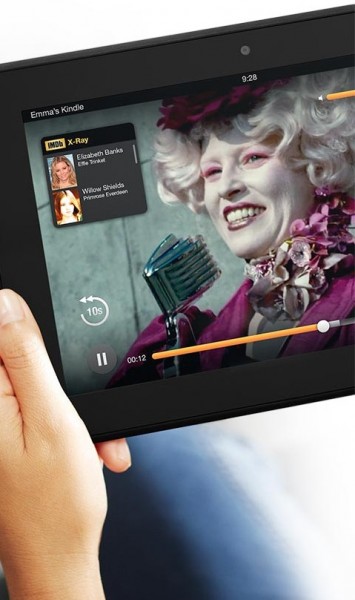 Google is in a tough spot. Apple suddenly looks like an ally now that Amazon has unveiled
Google is in a tough spot. Apple suddenly looks like an ally now that Amazon has unveiled 
 Something else: For all Apple's retail success, Amazon's breadth and depth is far greater. Kindle Fire taps into Amazon for more than just digital content and services but physical goods, all easily available. The $79/year Prime service adds many additional benefits, like free two-day shipping, ebook borrowing and free movie-and-TV show streaming. I've started re-watching "Fringe" from the first season. The Fox drama is available in HD for free to Prime members -- not at all on Netflix.
Something else: For all Apple's retail success, Amazon's breadth and depth is far greater. Kindle Fire taps into Amazon for more than just digital content and services but physical goods, all easily available. The $79/year Prime service adds many additional benefits, like free two-day shipping, ebook borrowing and free movie-and-TV show streaming. I've started re-watching "Fringe" from the first season. The Fox drama is available in HD for free to Prime members -- not at all on Netflix.